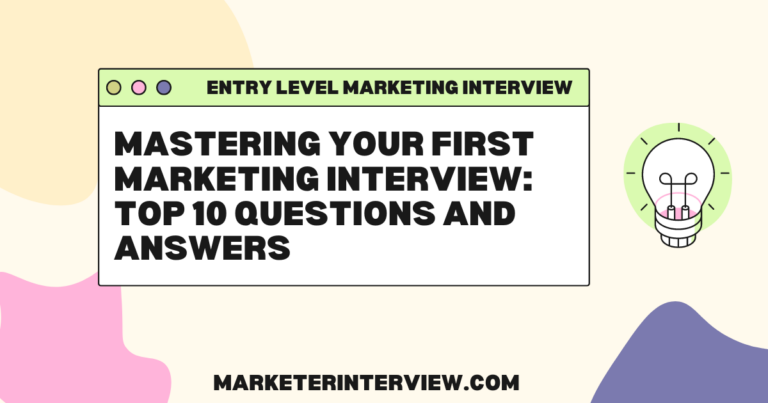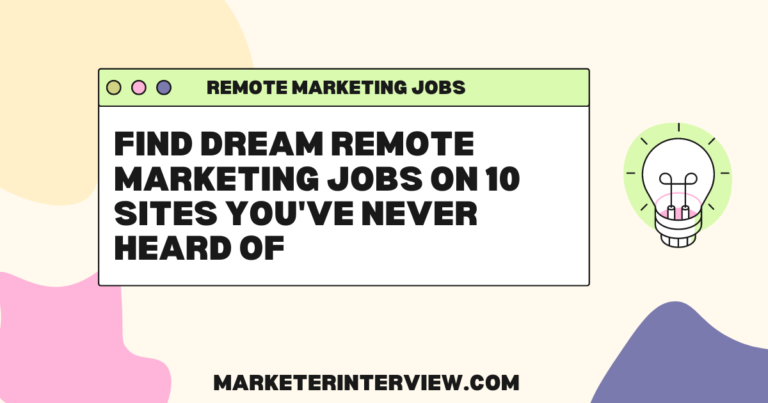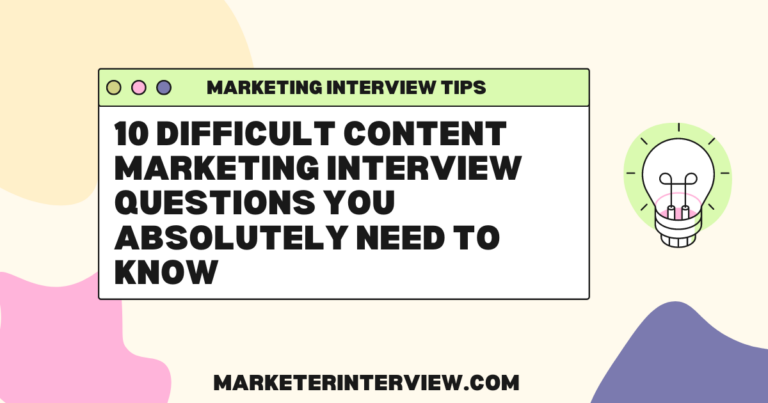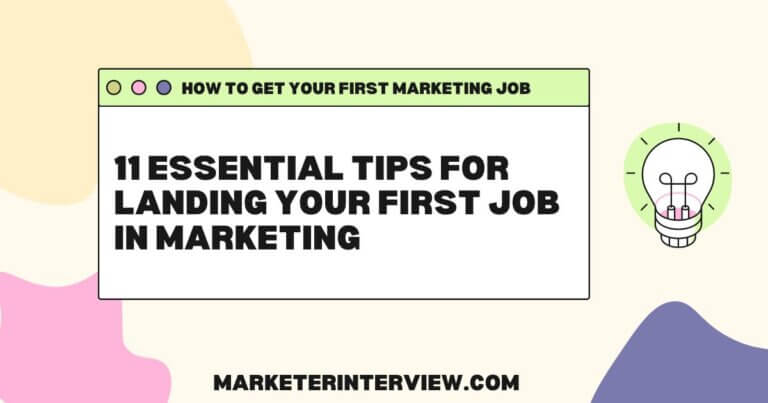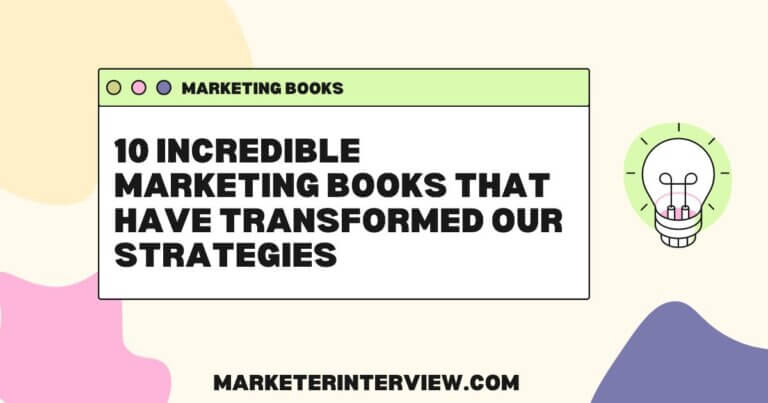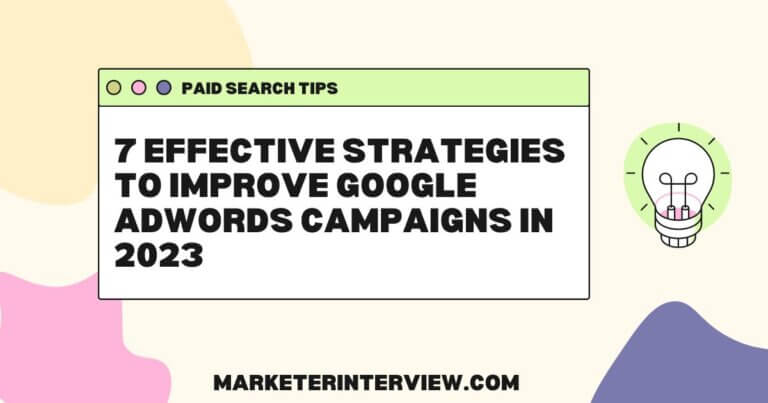5 Ways to Analyze LinkedIn Ad Performance for B2B Software Sales
In the fast-paced world of B2B software sales, LinkedIn ads can be a game-changer, but only if you know how to measure their success. We’ve gathered insights from top professionals, including digital marketers and heads of marketing, to share their strategies. From monitoring engagement and conversion metrics to assessing lead quality through sales funnel tracking, discover five specific ways these experts analyze LinkedIn ad performance.
Want to get quoted in MarketerInterview.com content just like this? Apply to become a contributor today!
Contents
Monitor Engagement and Conversion Metrics
One specific way to analyze LinkedIn ad performance for B2B software sales is by closely monitoring the engagement metrics and conversion rates through LinkedIn Campaign Manager. This involves tracking key performance indicators (KPIs) such as click-through rate (CTR), cost per click (CPC), and conversion rate (CVR).
Engagement Metrics:
- Click-Through Rate (CTR) – This measures the percentage of people who clicked on your ad after seeing it. A higher CTR indicates that your ad is compelling and relevant to your audience.
- Cost Per Click (CPC) – This shows how much you’re paying for each click on your ad. Monitoring CPC helps you manage your budget effectively.
Conversion Metrics:
- Conversion Rate (CVR) – This is the percentage of users who took a desired action after clicking on your ad, such as signing up for a webinar or downloading a whitepaper. Tracking CVR helps assess the effectiveness of your ad in driving valuable actions.
- Lead Quality – Beyond just tracking conversions, it’s crucial to evaluate the quality of leads generated. This can be done by integrating LinkedIn Campaign Manager with your CRM to track the progression of leads through your sales funnel.
Use LinkedIn’s demographic reporting to break down performance by various audience segments, such as job title, industry, company size, and seniority level. For instance, if you notice that ads targeting senior IT managers in mid-sized tech companies have a higher CTR and CVR, you can allocate more budget to these segments and tailor your messaging to further resonate with them.
For a recent campaign promoting a new software solution, we noticed that ads targeting “IT Directors in healthcare” had a 20% higher CTR and a 15% higher conversion rate compared to other segments. By reallocating budget towards this audience and refining our ad copy to address specific pain points in healthcare IT, we improved overall campaign performance, leading to a 30% increase in qualified leads.
This focused approach ensures that our LinkedIn ads are not only reaching the right audience but also driving meaningful engagement and conversions, ultimately enhancing our B2B software sales efforts.

Arslan Abdul Rehman, Digital Marketer & SEO Expert, Siznam.co
Track Demo Requests and Adjust Creatives
I track conversion rates from LinkedIn ad clicks to demo requests. I analyze the click-through rates (CTR) and compare them to our historical data to identify trends. Next, I use UTM parameters to track and attribute demo requests back to specific ads. Reviewing the lead quality and their interaction with our demo scheduling page helps pinpoint any drop-off points. Lastly, I adjust ad creatives and targeting based on these insights to optimize future campaigns.

Laia Quintana, Head of Marketing and Sales, TeamUp
Analyze Demographic Performance to Refine Targeting
Analyzing KPIs is definitely important, but my approach relies on analyzing demographic performance. I work with a B2B software client in the healthcare space. Their ideal customer is a healthcare organization with 50+ employees, specifically targeting decision-makers. By analyzing the demographics report within the LinkedIn ad platform, I can see exactly who’s seeing the ads. This allows me to identify irrelevant companies or job titles that might be eating up the budget. Excluding these irrelevant audiences helps us avoid wasted spend and keeps our targeting more granular.

Nayan Prakash, PPC Manager
Utilize LinkedIn’s Comprehensive Tracking Tools
One specific way to analyze LinkedIn ad performance for B2B software sales is through comprehensive tracking and analytics tools provided by LinkedIn Ads Manager. Start by monitoring key metrics such as click-through rate (CTR), conversion rate, and cost per conversion to assess the effectiveness of your ad campaigns in driving traffic and generating leads.
Utilize LinkedIn’s demographic insights to understand which segments of your target audience are engaging most with your ads. Segment your data by job title, industry, company size, and geographical location to identify trends and optimize targeting strategies.
Implement A/B testing with different ad creatives, headlines, and calls-to-action to determine which combinations yield the highest performance metrics. Measure engagement metrics like likes, comments, and shares to gauge audience interaction and resonance with your ad content.
Lastly, integrate LinkedIn ad performance data with your CRM system to track lead quality and sales conversions attributed to your ad campaigns. By analyzing these metrics regularly and adjusting your targeting and creative strategies accordingly, you can optimize LinkedIn ad performance for B2B software sales and maximize return on investment.

Omer Lewinsohn, General Manager, Marketing Expert, Management.org
Assess Lead Quality Through Sales Funnel Tracking
At Rail Trip Strategies, one of the most critical aspects of our LinkedIn ad campaigns for B2B software sales is not just generating leads, but ensuring the quality of these leads. To effectively analyze the performance of our LinkedIn ads, we focus extensively on lead quality assessment through detailed tracking of lead progression through the sales funnel.
Our process starts by monitoring the initial interaction with our LinkedIn ads. Once a lead is generated—whether through a form submission, a content download, or a direct inquiry—we track how this lead moves through various stages of our sales funnel. This involves several key steps:
- Initial Qualification – We assess if the lead meets our basic criteria for potential customers, such as industry relevance, company size, and decision-making capacity.
- Engagement Tracking – We monitor how these leads engage with our follow-up communications, such as email sequences, webinars, and personal outreach. This helps us understand their interest level and readiness to proceed.
- Conversion to Opportunities – Leads that show significant engagement are then classified as opportunities. This stage is crucial as it indicates a higher potential for closing a sale.
- Final Conversion – The ultimate test of lead quality is their conversion into paying customers. We analyze the conversion rate from initial lead to customer, which provides a clear indicator of the effectiveness of our LinkedIn ad campaigns in attracting not just any leads, but the right leads.
By tracking these stages, we can assess the quality of leads generated from our LinkedIn ads comprehensively. This method allows us to not only measure the immediate response to our ads but also their long-term contribution to our sales goals. It helps us identify which aspects of our LinkedIn ad strategies are working and which need refinement, ensuring that we invest our resources in campaigns that truly contribute to our bottom line.
This approach has proven effective in optimizing our ad spend and targeting strategies, as we are able to focus more on ad variations and content that consistently produce high-quality leads that are more likely to convert into valuable customers.

Reed Daniels, Owner, Rail Trip Strategies
Want to get quoted in MarketerInterview.com content just like this? Apply to become a contributor today!

